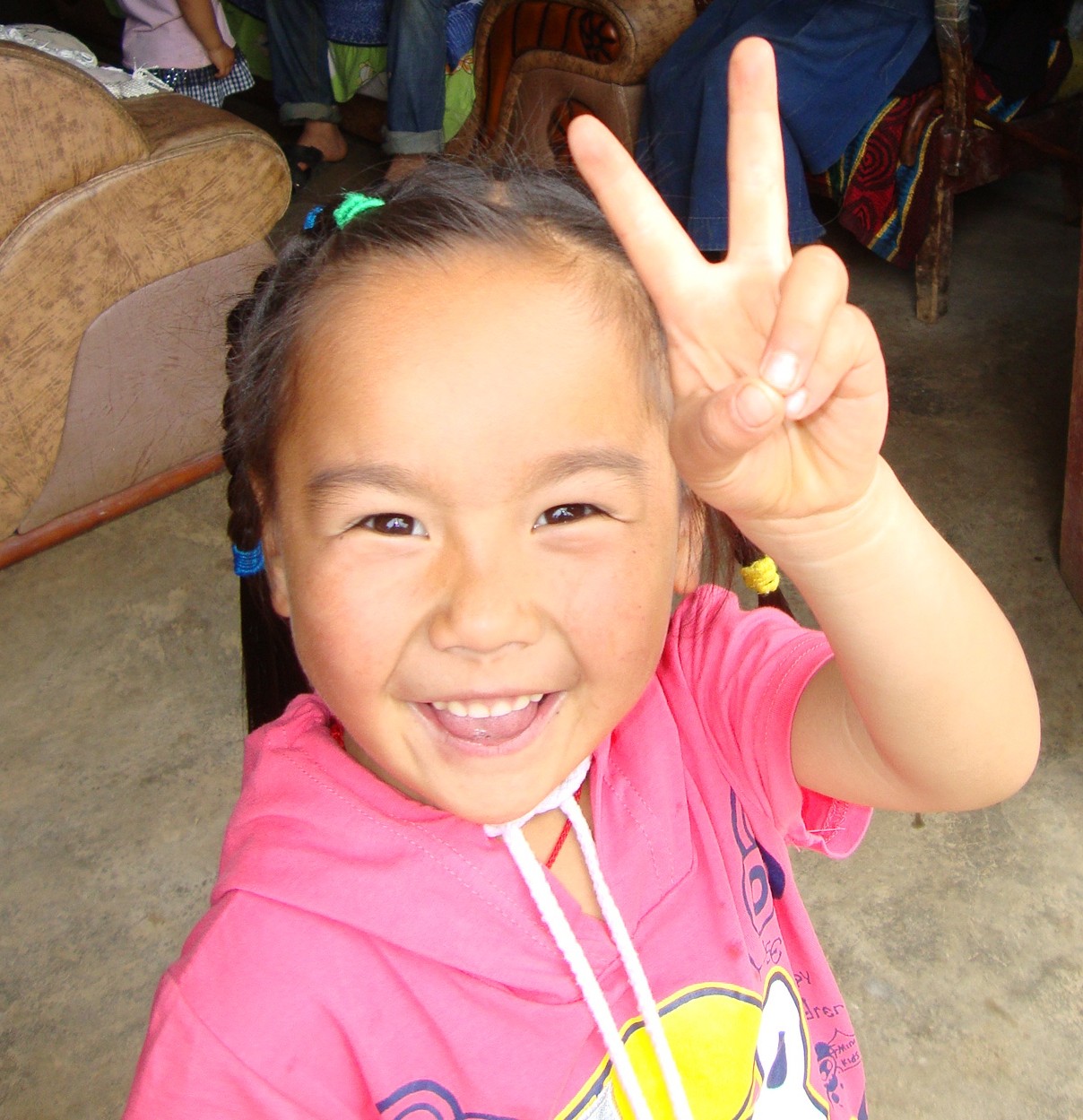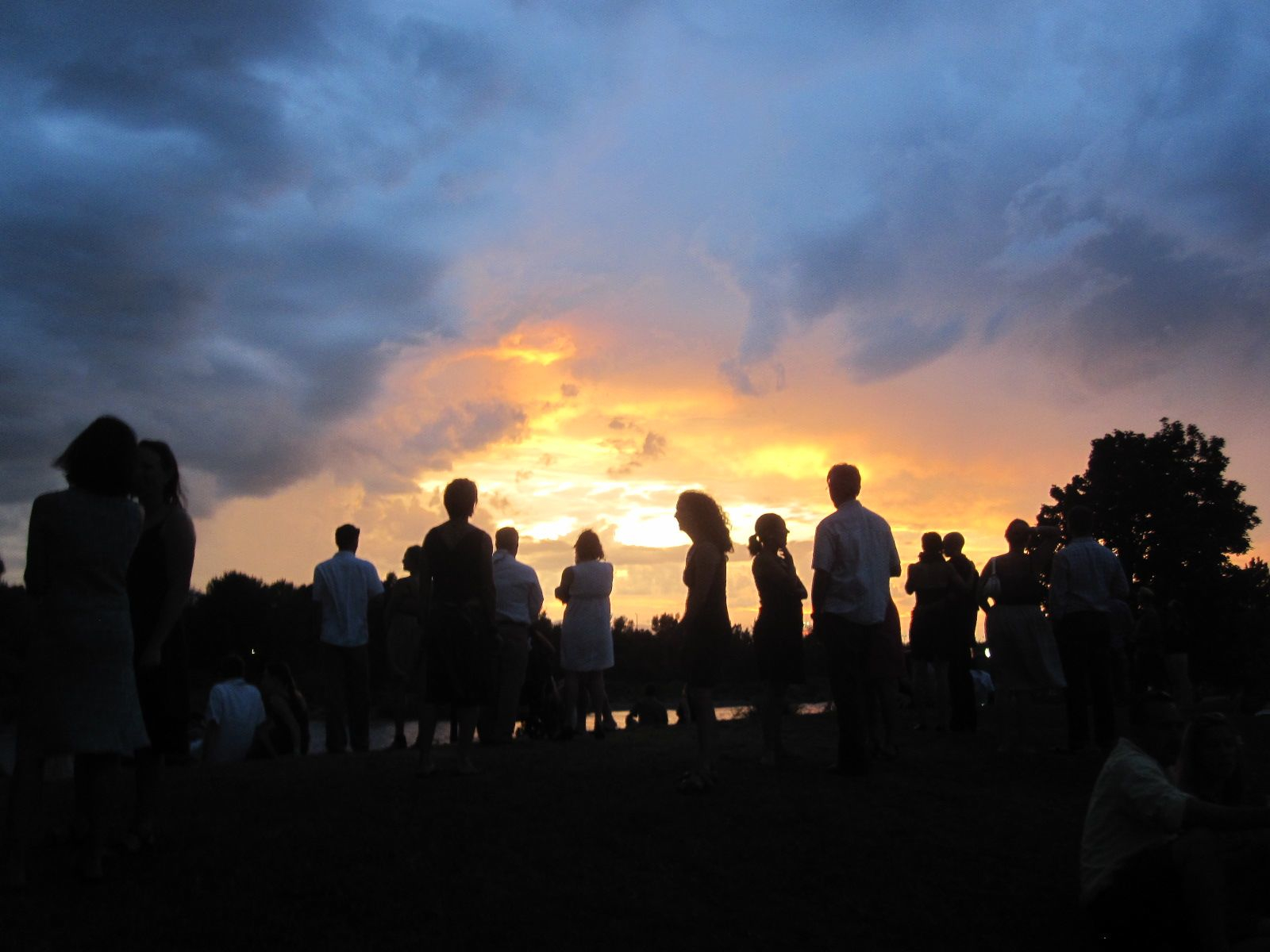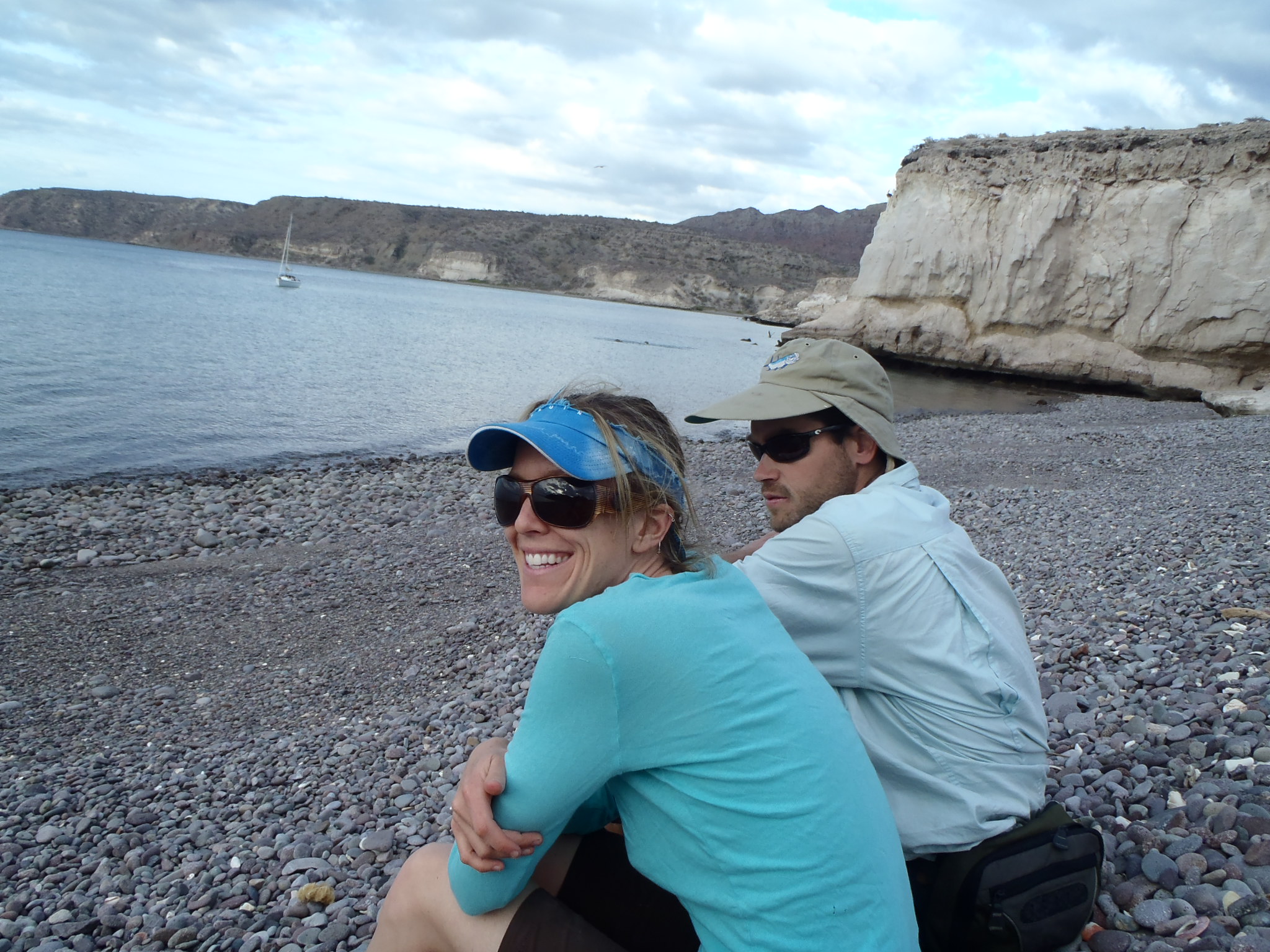From Dancing to Dodging Deer – Just a Typical Tuesday

As you might notice, Rob and I don’t really like routines. We avoid them, actually. But there’s one thing we don’t mind scheduling: our favorite athletic hobbies. For Bob-ito, that means volleyball, basketball, and martial arts. For me, that means dance classes of any kind, usually at the Downtown Dance Collective: Oula, Brazilian, ballet, hiphop, salsa.
Tonight I got the best of both worlds: an unscheduled dance class. Thanks to my mom, I found out at 4pm there was a 7pm West African class taught by visiting master drummers and dancers from Guinea. Sold.
I take a West African dance class about once a year, usually when someone from the African continent comes to Missoula to teach (thanks, Unity Dance and Drum!). Even though I dance almost daily, my body is always wrecked after a West African class. Somehow, nothing else physically compares to the exertion I put forth flailing, jumping, squatting, and spinning to loud, live drums.
And nothing else can make me feel so completely humble and humiliated one moment, and then exhilarated and affirmed the next. It’s awesome.
Sidenote: I highly recommend everyone try something that makes them feel this schizophrenically bipolar at some point. It brings us out of our comfort bubbles and makes us realize we can do interesting–even astounding–things.

In preparation for the body-wrecking class, I rode my bike downtown to try and loosen the muscles. It’s now pitch black by 8:30pm, so the ride home through dark, forested Greenough Park along bear-infested Rattlesnake Creek was its own adventure. Good thing I have lights on my bike.
Yelling “Hey, Bear. HEEEYYY, BEARS,” into the dark woods, I turned a corner and literally braked about 4 inches from a huge buck. Whew. Better than a bear, but it still got my heart rate up higher than the dance class did.
Just another Tuesday night in Missoula…spontaneous African dance and a near-miss on T-boning a deer on a bike. I wonder if tomorrow’s more-regularly- scheduled Oula dance class will have anything spontaneous in store!

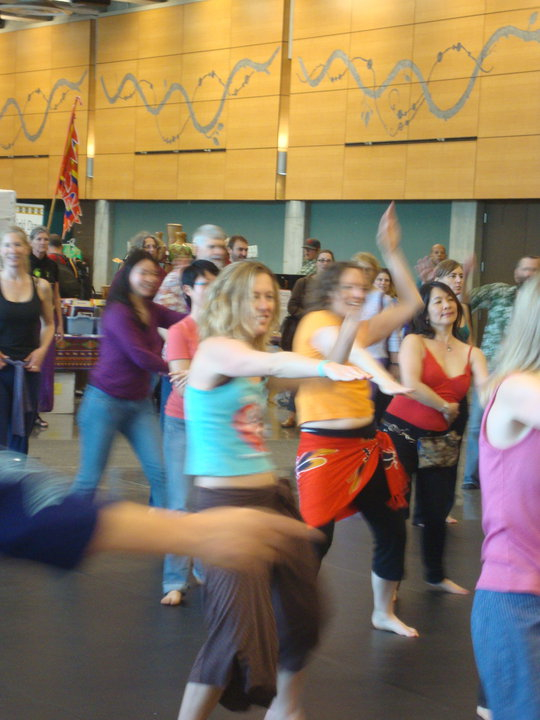
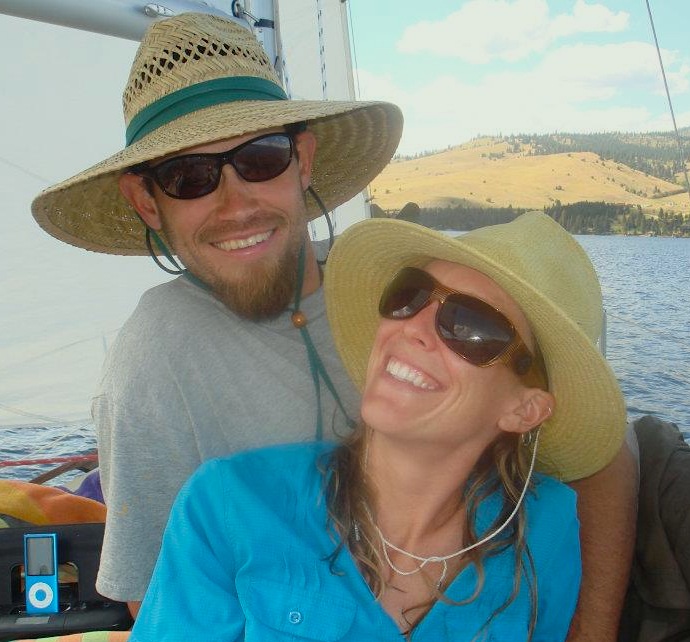


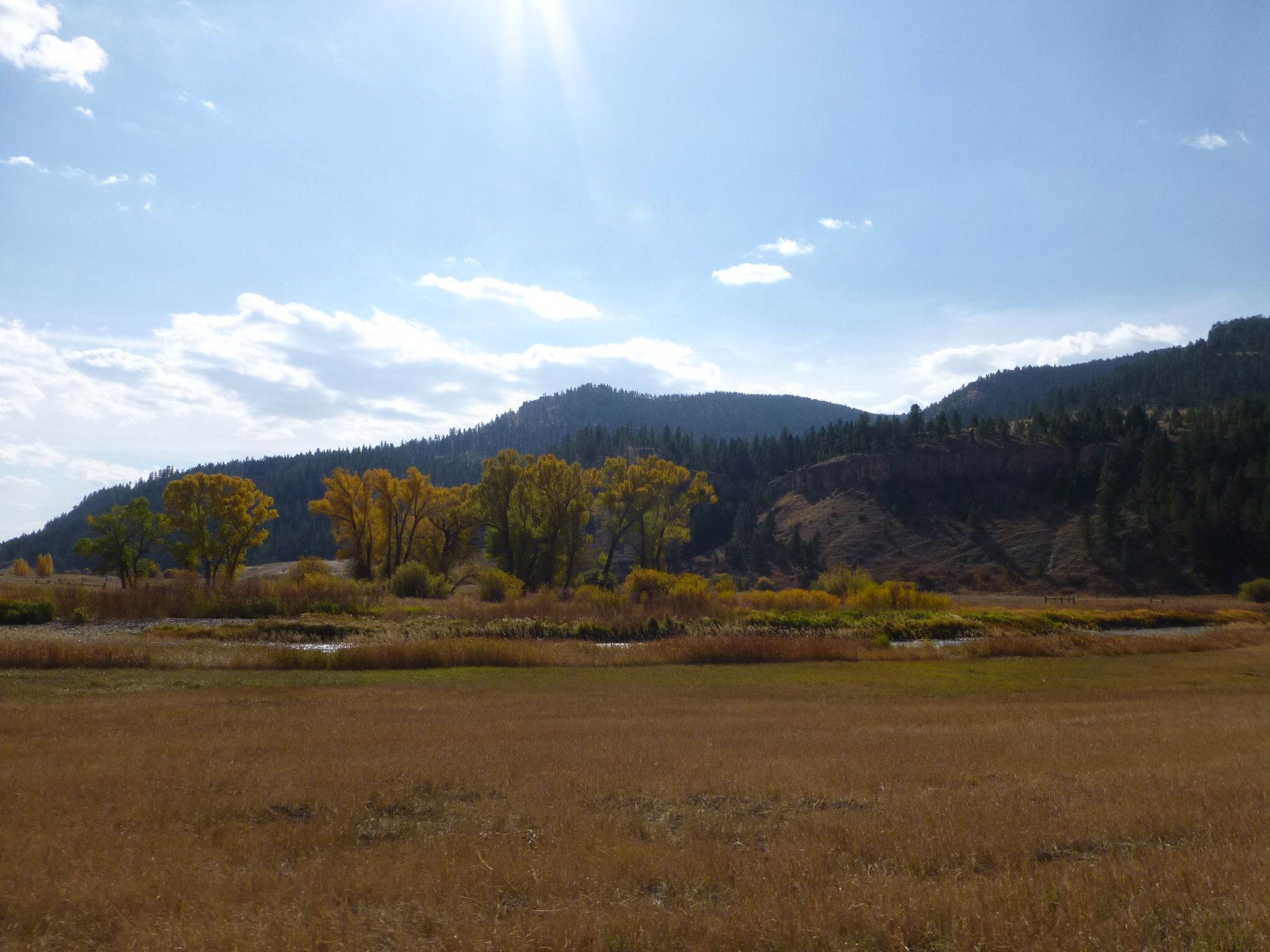
 After several backpacking trips this summer, car camping feels like staying at a 5-Star Sheraton Hotel. After work on Friday, we loaded up the Honda with our thick, cushy
After several backpacking trips this summer, car camping feels like staying at a 5-Star Sheraton Hotel. After work on Friday, we loaded up the Honda with our thick, cushy 






























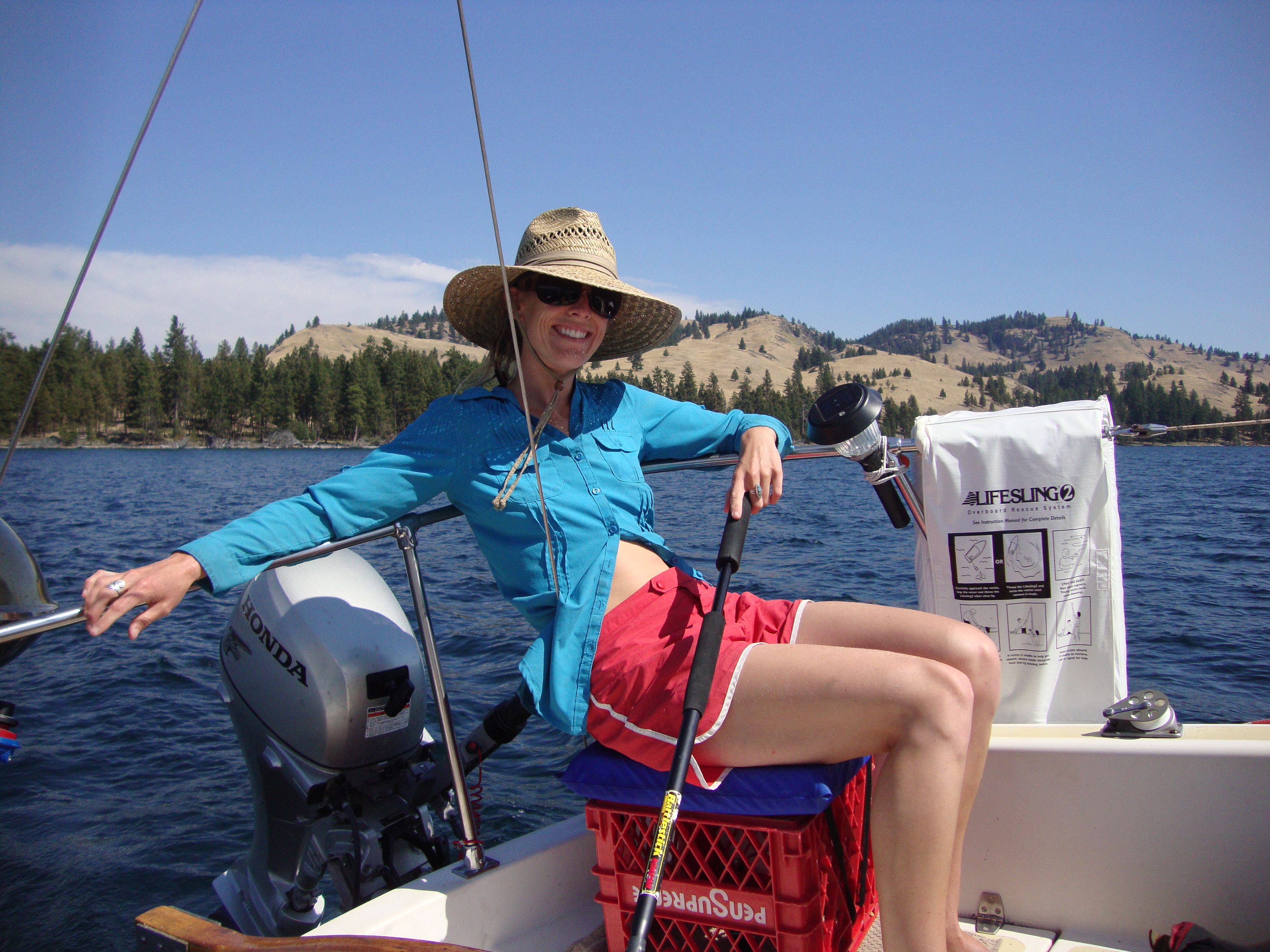



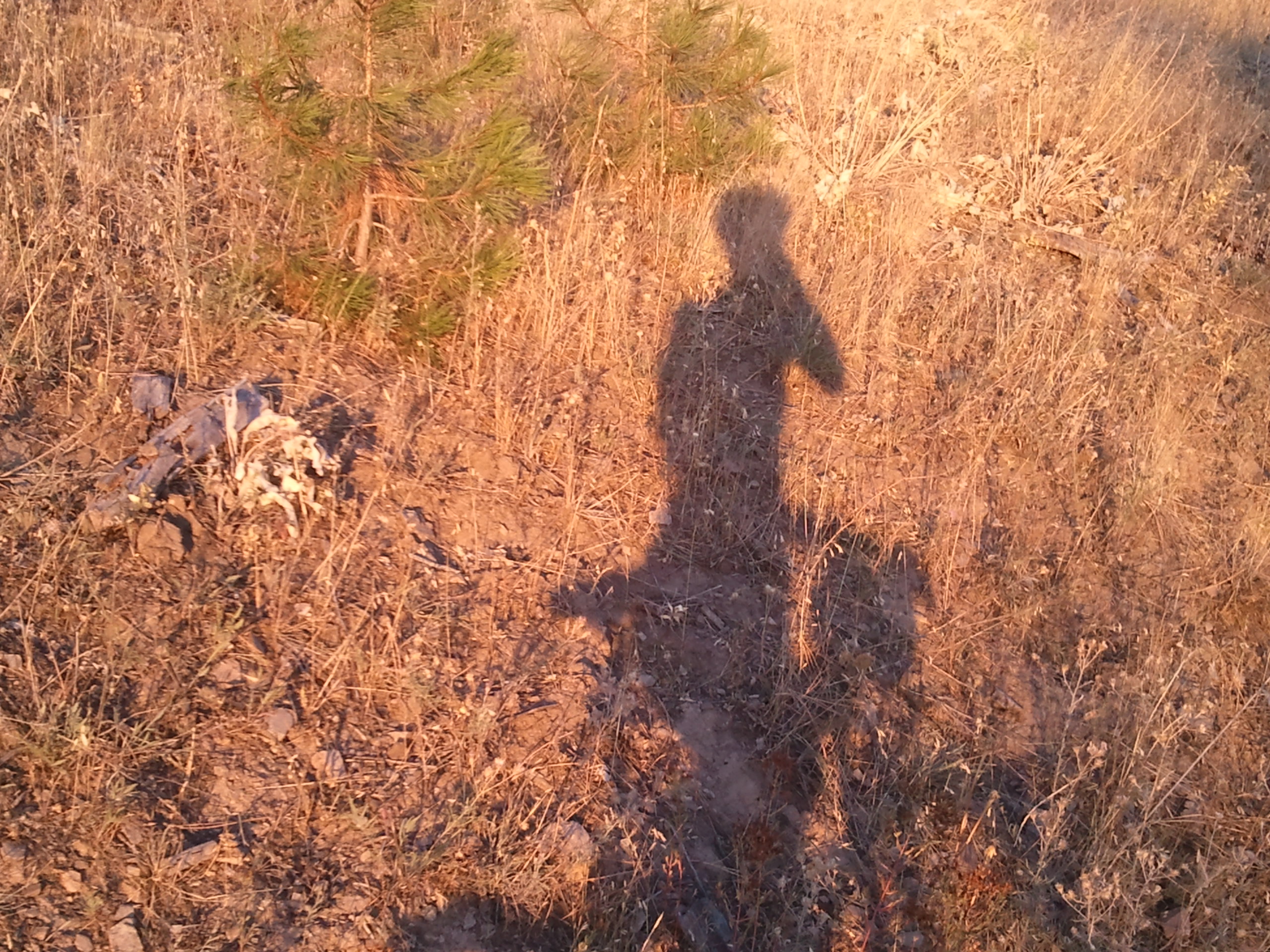
 I clip in on my red Kona, and fly down our steep driveway, pedaling toward the fading sunlight blanketing Mount Jumbo across the creek. The days are getting shorter. I can’t leave for a mountain bike ride at 7pm anymore, unless it’s a short loop or I don’t mind riding in the cold, dark air. But I do mind in the fall—it’s too easy to T-bone a black bear or big buck. The fall in Montana is ripe with wild animals that mill around in lower elevation areas, foraging for food to store up winter fat.
I clip in on my red Kona, and fly down our steep driveway, pedaling toward the fading sunlight blanketing Mount Jumbo across the creek. The days are getting shorter. I can’t leave for a mountain bike ride at 7pm anymore, unless it’s a short loop or I don’t mind riding in the cold, dark air. But I do mind in the fall—it’s too easy to T-bone a black bear or big buck. The fall in Montana is ripe with wild animals that mill around in lower elevation areas, foraging for food to store up winter fat.

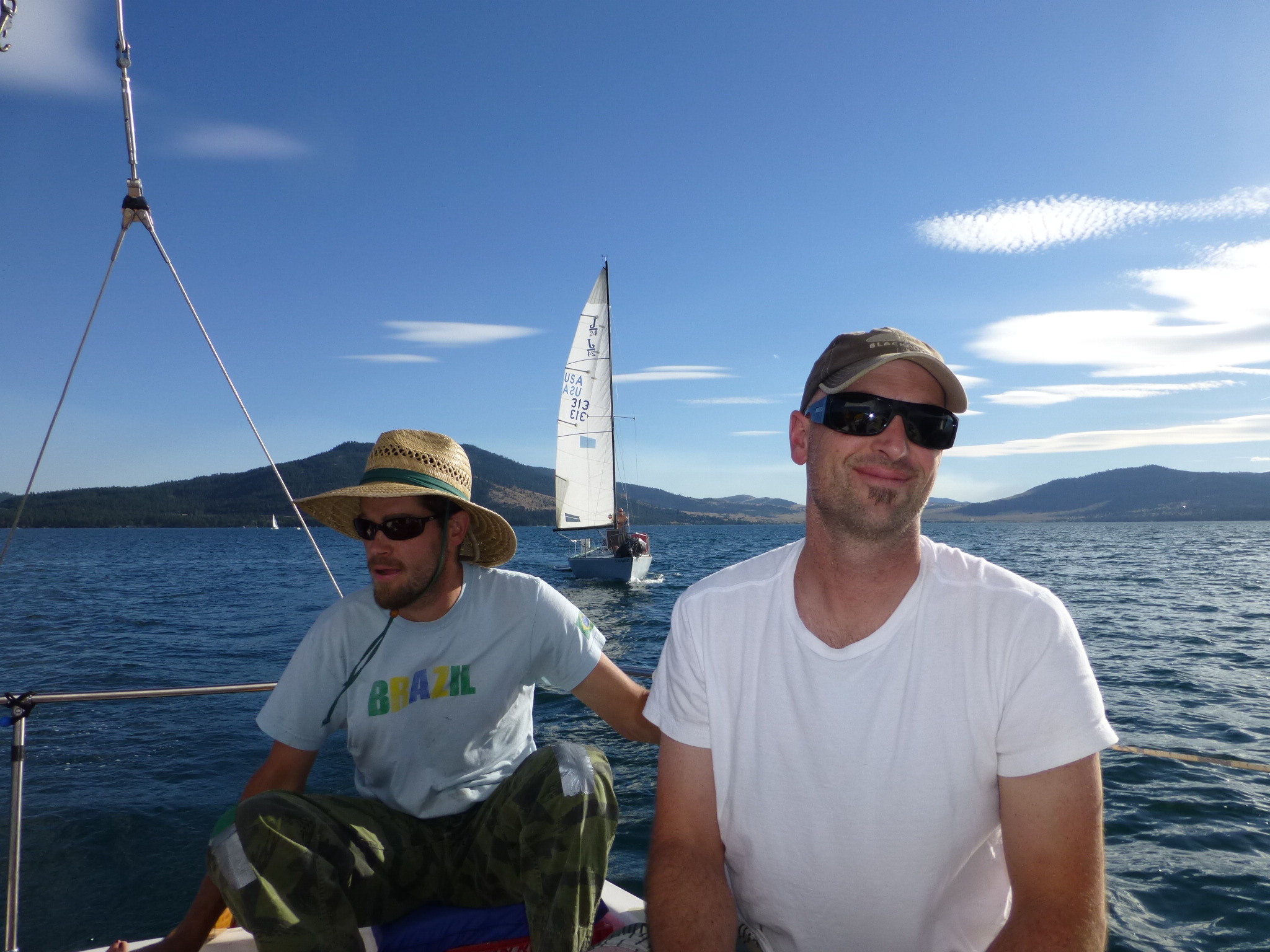




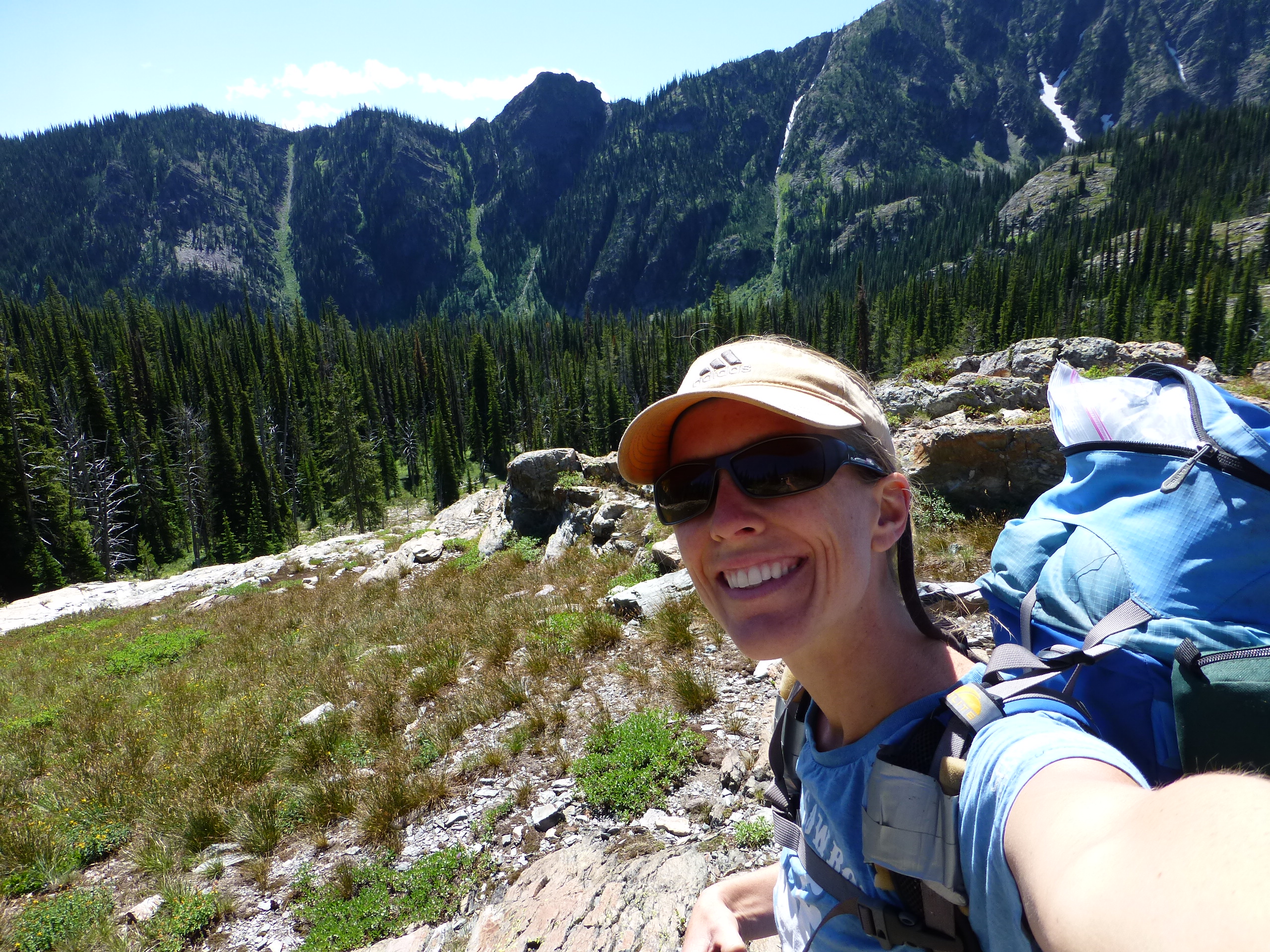


 the silence of sunset as the scrambled over a sheer cliff about 100 yards from my tent. Awesome creatures.
the silence of sunset as the scrambled over a sheer cliff about 100 yards from my tent. Awesome creatures.
